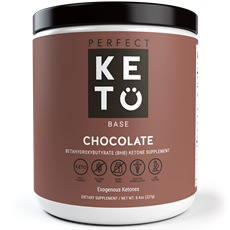

“By 12 months, that advantage is essentially gone,” said Carol F. For the first two to six months, there’s evidence that a very low-carbohydrate diet can help you lose more weight than the standard high-carbohydrate, low-fat diet, according to a new literature review of low-carb diets by the National Lipid Association. Certainly in the short-term, it appears that way.

Also, dieters have to be on high alert for hidden carbs, often invisible to the eye, yet coating that seemingly keto-friendly fried cheese. It’s not just bread and soda that are on the outs but high-sugar fruit and starchy veggies like potatoes, as well as too much protein.

“It’s very restrictive,” said Carla Prado, an associate professor and director of the University of Alberta’s Human Nutrition Research Unit. Crossing that threshold is easy: a thick slice of bread adds 21 carbohydrates, a medium apple 25 and a cup of milk 12. In a ketogenic state, the body uses primarily fat for energy instead of carbohydrates with low levels of carbohydrate, fats can be converted into ketones to fuel the body.įor ketosis, a typical adult must stay below 20 to 50 grams of net carbohydrates - measured as total carbs minus fiber - each day. The goal of the ketogenic diet is to enter a state of ketosis through fat metabolism. (No matter what, the keto diet is vastly different than the USDA dietary recommendations of 45 to 65 percent of one’s total calories to be carbohydrates, 20 to 35 percent from fat and 10 to 35 percent from protein.) For the arithmetic-challenged, apps and online programs can do the math for you. That can mean chowing down on a lot of cheese, butter, eggs, nuts, salmon, bacon, olive oil and non-starchy vegetables such as broccoli, cauliflower, greens and spinach. The ketogenic diet, long used to treat epilepsy in children, calls for 90 percent of daily calories to come from fat, with the amount of protein or carbs varying as long as it’s 4 grams of fat for every combined 1 gram of carb and protein, according to the American Epilepsy Society. If you want guidance, it’s recommended you consult with a registered dietitian.Ī “typical” ketogenic diet consists of at least 70 percent of calories derived from fat, less than 10 percent from carbs and less than 20 percent from protein. The best approach to food intake is one in which you are healthy and nurtured and which matches your social and cultural preference. Everyone’s body, tastes and background are unique. First, a word: Choosing an eating plan or an approach to eating is very personal.


 0 kommentar(er)
0 kommentar(er)
